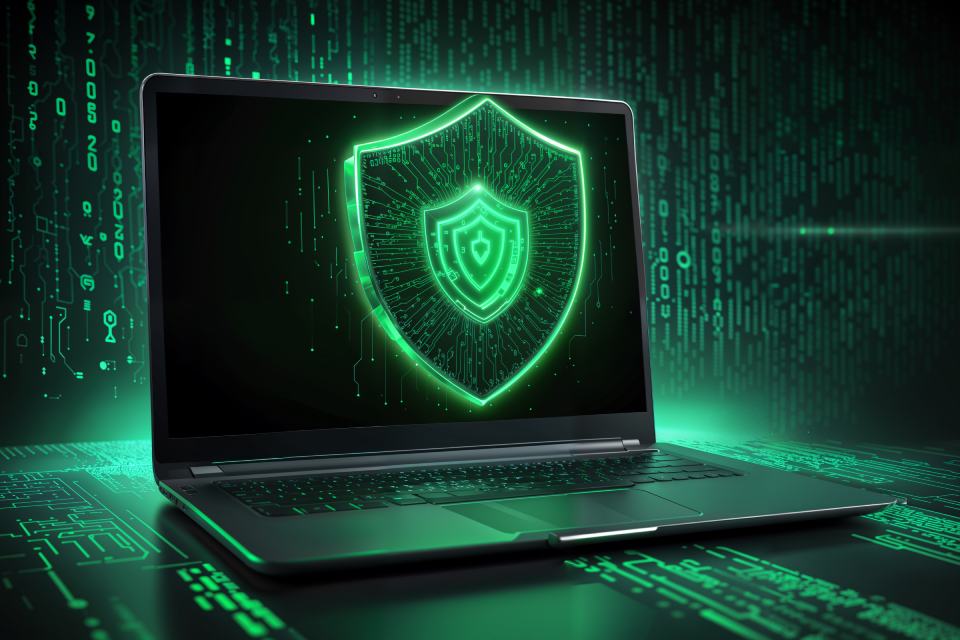Innovative products open up new possibilities for us in everyday life with IoT. But they are also changing the way we own things and the freedom to use those products. At the latest, when buying used intelligent products, for example, a used car or the purchased bright property, this can lead to a rude awakening for the new owner.
Intelligent products are created by interacting with two worlds: physical hardware, virtual software and digital services. This leads to a complex entity in which ownership of a product is combined with a right to use the software. It is precisely at this intersection between license and right of use that points of friction can arise when purchasing an innovative product.
From Innovative IoT Products To Expensive Brick
The term “bricked houses” has become established for dysfunctional intelligent homes. This describes the state in which expensive smart devices turn into stupid useless objects – aka bricks(bricks) – transform once manufacturers stop supporting the intelligent features. A further complication for astute homeowners is that smart homes are mostly heterogeneous IT landscapes with systems from many different manufacturers: for example, intelligent heating control, locking systems, doorbells, air conditioning, lights, kitchen appliances, irrigation systems and camera surveillance. When purchasing such intellectual property, the transfer of access rights, accounts, data and contractual relationships must be regulated for each manufacturer. If you act naively or carelessly here, you are faced with two serious problems:
- poor cybersecurity of his smart home, if passwords and configurations are taken over unchanged from the previous owner and
- Contractual conflicts with the manufacturer’s terms of use may lead to the termination of services.
Smart Is A Paradigm Shift
Intelligent products are permanently changing the relationship between manufacturer and consumer. In a non-digital world, the relationship between the two ended at the statutory warranty period. In addition, ownership could be freely determined by consumers, for example, when selling an item, without the manufacturer being released from his obligation to provide a guarantee. Consumers had a very high degree of freedom here, and the industry had a temporary burden. The consumer had freedom and power, while the producer had a one-time revenue and obligations on their side.
Innovative products permanently change this relationship of freedom and power between industry and consumer in favor of industry. Manufacturers bind consumers always through the use of software and digital services. The balance of power is shifting: the manufacturer determines the degree of use and the useful life of software and digital services via general terms and conditions. He can decide how and who uses the IoT product throughout its lifetime. In addition, many manufacturers allow themselves exclusive and permanent use of the data processed via an intelligent object.
In the case of a networked vehicle, for example, telemetric data on driving behavior, media consumption, and vehicle owner and driver profiles. The manufacturers’ position becomes almost omnipotent when the software determines the added value of a product. In this case, the purchase of the item is coupled with the purchase of a subscription to digital services. The rude awakening for consumers comes when they realize that the item has been purchased but that the subscription user account associated with it cannot be transferred. In the best-case scenario, the new owner will have to repurchase the apps and services that the previous owner had already paid for. In the worst case, this is impossible, and the intelligent product ends up as a dysfunctional, expensive brick.
Conclusion
Innovative products don’t just change the way we use things. They are also changing the ownership and relationship between industry and consumers. Consumers give up some of their freedom and lose sovereignty in the process. In return, manufacturers can introduce a new permanent revenue model via digital services and exercise control over the use of purchased products. Owners of intelligent products are thus disenfranchised to a certain extent.
Also Read: Which Wireless Network Is Suitable For Which IoT Application





